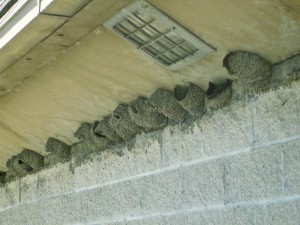This month, I’m overseeing ecology camps for three different age groups: Nature Camp for gr. 2-5, Ecojustice Camp for gr. 2-5, and Ecojustice Camp for gr. 6-8. The middle school camp is this week; Nature Camp and camp for gr. 2-5 are next week.
To give you a flavor of what we’re doing, below are a few photos from the first two days of the middle school camp. (We have media release forms from all campers and staff.)
Above: One camper’s field notes on arthropods. Yesterday, arthropod expert Jack Owicki visited and gave an overview of arthropods. Then we checked some insect pitfall traps we had set, checked bushes and plants for arthropods, and looked at spider webs.
Above: Some of the campers built a teepee yesterday. This is not a traditional teepee as built by the native peoples of the Great Plains. We used structural bamboo borrowed from Darrel DeBoer, an architect specializing in natural materials. Bamboo has good structural properties, and can be grown sustainably.
Above: Nancy Neff, an expert on native plants, came yesterday and gave us a guided tour of the native plant gardens on campus. She explained some of the adaptations native plants have to grow in our climate.
Above: Today we visited the Zeise place, up in the redwood forest near the Skyline to the Sea Trail. As you can see, some of the trails were pretty steep (and this was not the steepest trail we hiked!).
Above: Every camper got about 20 minutes of alone time in the redwoods.
Above: Talking together about the experience of being alone in the woods. Notice that some of us are wearing jackets. It was windy and cool today, and when we sat in the shade it got pretty chilly.

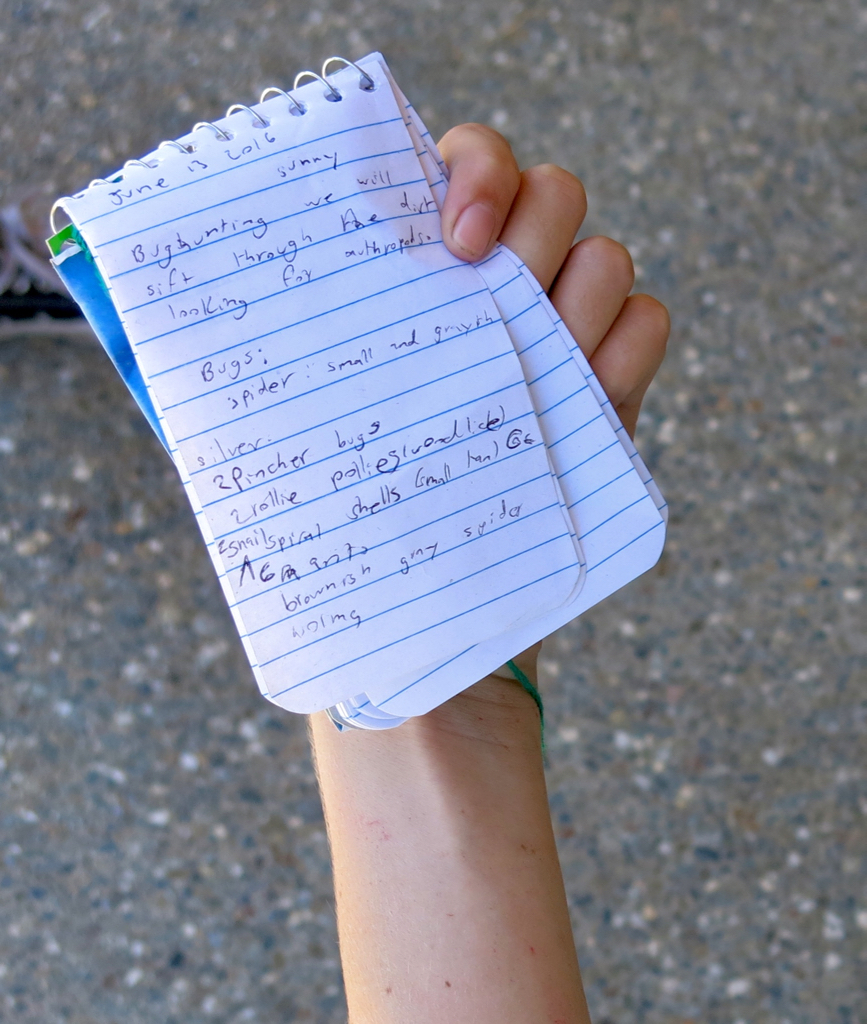
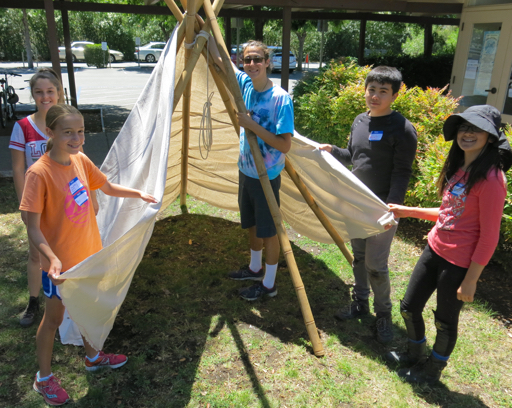




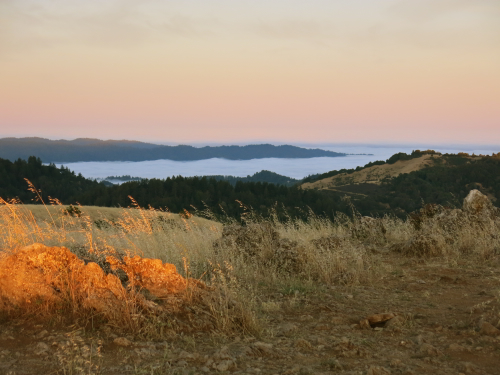
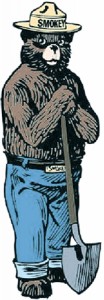 This is human nature: the ones who are causing the problem are least likely to be affected by the problem, so they believe they are not causing the problem. The minority of U.S. citizens who are aware of the magnitude of the problem attempt to convince other U.S. citizens of the truth with rational arguments, but since when did humans change their behavior as a result of rational argument?
This is human nature: the ones who are causing the problem are least likely to be affected by the problem, so they believe they are not causing the problem. The minority of U.S. citizens who are aware of the magnitude of the problem attempt to convince other U.S. citizens of the truth with rational arguments, but since when did humans change their behavior as a result of rational argument?

